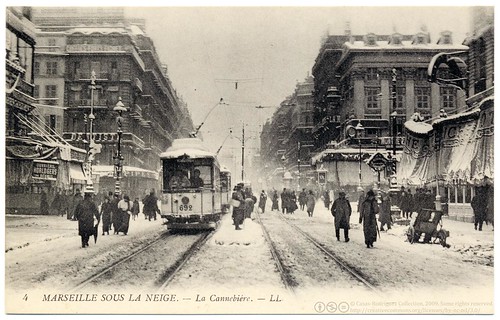I inherited a bound set of The War Illustrated from my paternal grandparents. One hundred years after publication I'm exploring its pages to discover the people and their times.
 | |
| "The Modern Coastguard Goes Awheel" |
The caption under the photograph's title continues "The breezy East Coast, so long the rendezvous of holiday enthusiasts, is now the scene of serious military activity. A German raid upon the shores of |East Anglia is still possible, though highly improbable, but nothing has been left undone to defeat such attempt. The extremely picturesque study shows a body of |Essex Cycle Scouts riding along one of the coast roads, which they patrol day and night, to give warning of any enemy approach by sea or air"I tried to identify where the 'river' and windmill was but despite a virtual roam along the East Anglia coast I could find no post mill that fitted its geographical location but did enjoy some stunning photographs. The windmill made another appearance in publicity about the Essex Cycling Scouts but this time in a Cycling magazine (and it was this article that gave me another clue)
 |
| "The Essex cycling Battalion Guarding Our Coast" |
The story of the Cycling Battalions appears on the BSA and Military Bicycle Museum here. Who knew there was a BSA museum, well not quite, its a virtual museum but a fascinating resource. My first bicycle, and the one I learnt to ride on with my father running behind, was a BSA, I vividly remember its badge. Did I love my first bike and I don't remember bothering that it had no gears although I couldn't do without them now! Money was tight so it was bought at a second hand shop for £5 but the pleasure and freedom to roam was without price.
But enough of my reminiscences, the 'Cycling' article mentioned cliffs so combining that with my search terms meant I stumbled across this
 | |
| Old Windmill 1908 |
Yay. Unfortunately the windmill no longer exists but the Walton and Frinton Yacht Club who featured the postcard, built their club house (which opened in July 1920) on the foundations of the old windmill , this is Walton Creek. The windmill location - Walton on the Naze - was built in 1846 for grinding cereal,by 1892 it was disused
English Heritage say they do not know when the above photograph was taken but point out the costumes are Edwardian but wonder why there was a trip to a disused windmill.. Both the above photograph and the War Illustrated one make it look as though the post mill was on a river or creek.. But everything is in the crop because actually the
 |
| Walton Windmill and Boating Lake |
I hope our Essex Cycle Scouts enjoyed a sail on the Walton Mere (as it was renamed) in more peaceful times.
Sources:
More Walton on Naze windmill photographs at Windmill World
BSA and Military Cycle Museum page - Cyclists Your King and Country Need You
Visit Walton On The Naze site - History Trails. (The cliffs also played more wartime roles in WW2)
Walton and Frinton Yacht Club - History
English Heritage photo on Flickr
Walton Archive (Putnam Photographers) - The Windmill and The Watermill
Walton on the Naze Seaside Heritage Project (pdf)
Britain From Above - View of the Walton on the Naze Old Mill Pond and Martello Tower
Britain From Above - View of the Walton on the Naze Old Mill Pond and Martello Tower











.jpg)



























